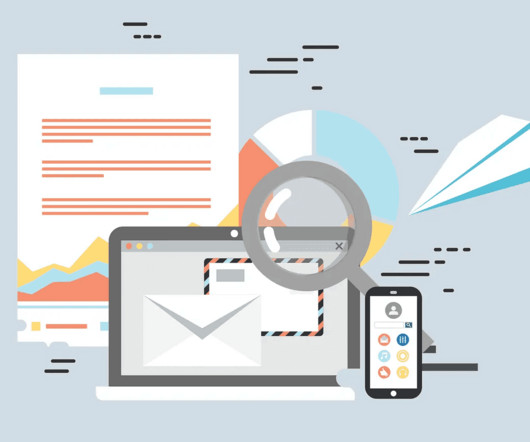Mobile EHR Update: Version 10.0.68, new features and improvements
DrChrono
JULY 27, 2017
of our EHR/EMR mobile app. With this release, a few key frequently requested features have been added to both our iPad and iPhone EHR apps. What’s New We’re excited to announce that this morning we released version 10.0.68











Let's personalize your content